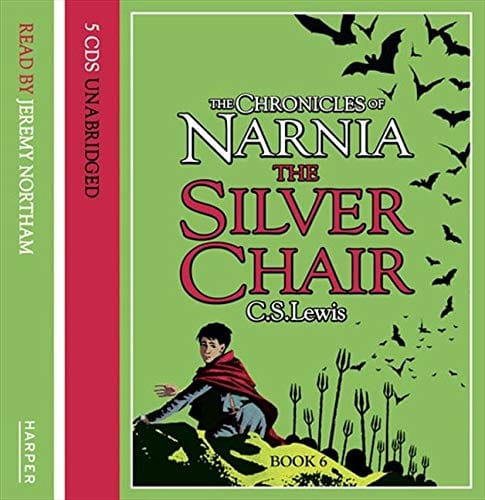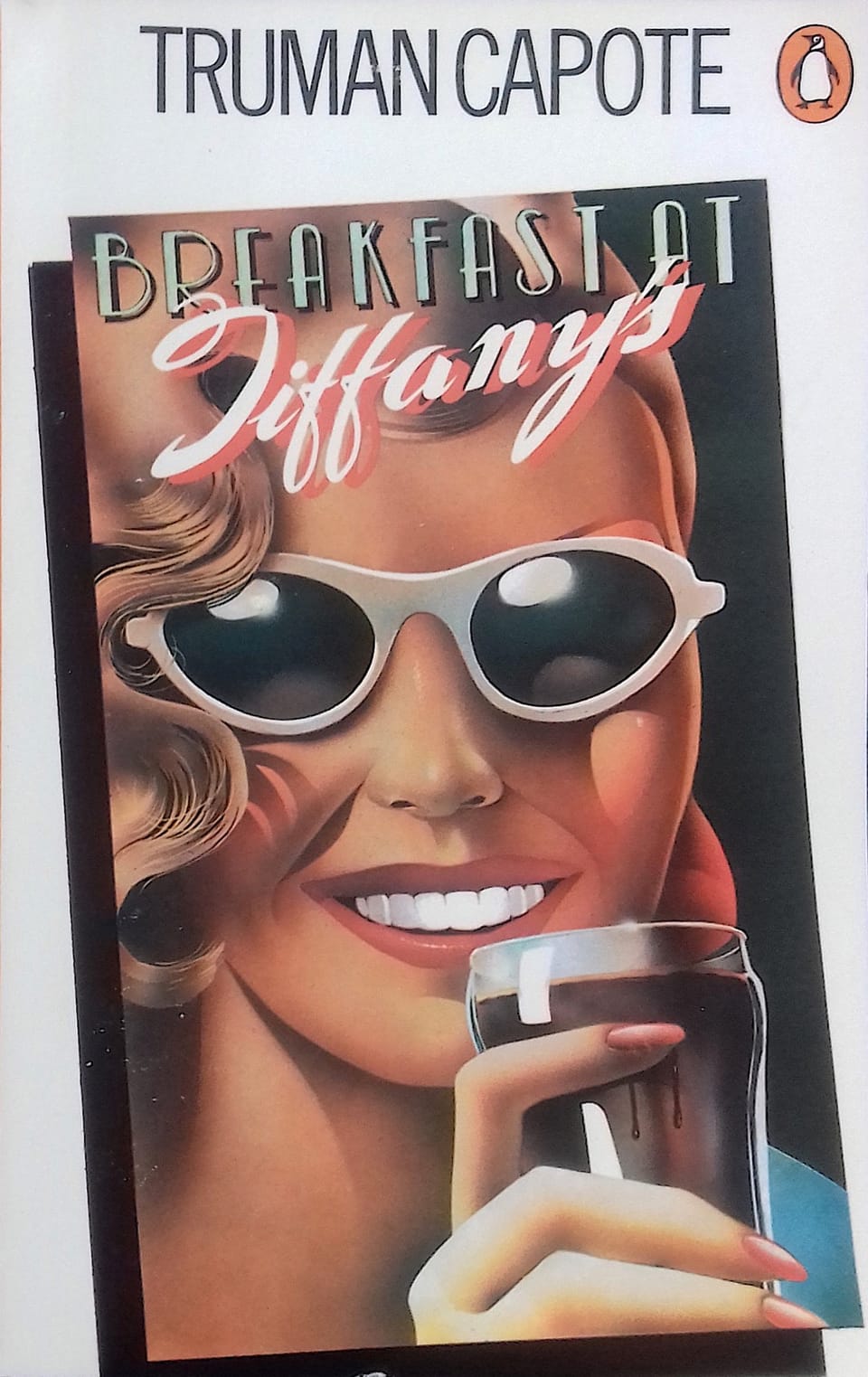Bone White: A Timeless Neutral with Endless Possibilities
Explore bone white—the warm, versatile neutral perfect for interiors, fashion, and branding. Learn its psychology, pairings, and maintenance tips.

What Is Bone White?
Bone white is a delicate off-white hue touched with the faintest whisper of beige and gray. Unlike stark, clinical whites, bone white carries subtle warmth that feels natural and welcoming, reminiscent of sun-bleached driftwood or polished ivory. Its hex values vary by brand, but it typically sits between #eae7de and #f6f4ee on the color spectrum. This gentle neutrality allows bone white to bridge warm and cool palettes, making it a versatile option for designers, homeowners, and fashion stylists alike.
The Psychology Behind Bone White
Color psychology suggests that pure white symbolizes new beginnings, clarity, and simplicity. Bone white retains those associations while softening them with an organic edge. Because it lacks the blinding brightness of pure white, bone white feels calmer, more grounded, and undeniably human. It conjures images of linen, sand, and weathered stone—materials that age gracefully and evoke a sense of permanence. In branding, bone white can communicate authenticity and understated luxury, while in wellness spaces the hue promotes serenity and mindfulness.
Bone White in Interior Design
Walls and Ceilings
Painting walls bone white instantly expands a room without making it feel sterile. The subtle pigment absorbs just enough light to prevent glare, creating a soft halo effect during sunrise and sunset. Designers often use bone white for ceilings as well, blurring the line where walls meet overhead surfaces and visually lifting low ceilings.
Trim, Molding, and Architectural Details
For crown molding, baseboards, and wainscoting, bone white offers a sophisticated alternative to bright white. In traditional homes it highlights intricate carvings; in contemporary lofts it adds definition without harsh contrast. Pair it with matte bronze hardware or black iron railings to accentuate its gentle warmth.
Pairing with Other Colors
Because bone white is inherently neutral, it partners beautifully with almost any palette. Earth tones like terracotta, sage, and ochre emphasize its organic roots. Cool blues and charcoals create a coastal or Scandinavian vibe, while pops of jewel tones—emerald, ruby, sapphire—infuse a sense of curated drama. The key is proportion: keep bone white dominant (about 60–70% of the room) and use bolder shades as accents in textiles, artwork, or small furnishings.
Lighting Considerations
Bone white shifts subtly under different lighting conditions. In north-facing rooms it leans cooler and may take on gray undertones; in south-facing spaces it glows warm and creamy. Test swatches at various times of day before committing. LED bulbs around 3000 K complement bone white’s balance of warm and cool pigments.
Bone White in Furniture and Décor
Upholstered sofas in bone white linen or bouclé bring a luxurious yet livable feel to living rooms. The hue disguises minor wear better than pure white, and stain-resistant performance fabrics make maintenance easier. Bone white ceramics, lampshades, and picture frames layer tone on tone, creating depth without clutter. Textural contrast is crucial: pair smooth bone white surfaces with rough jute rugs, slubbed throw blankets, or reclaimed wood tables to add tactile interest.
Bone White in Fashion
In the fashion world, bone white garments resonate across seasons. A bone white trench coat exudes Parisian sophistication in spring, while a chunky bone white sweater feels cozy in winter. The shade flatters a wide range of skin tones by reflecting a softer light than optic white. For bridalwear, bone white gowns lend a vintage-inspired glow that photographs beautifully, avoiding the blue cast often produced by bright white fabrics.
Accessories provide low-commitment ways to embrace the trend: think bone white leather sneakers, handbags, or minimalist watches. When paired with denim, camel, or monochrome black outfits, bone white accessories add refinement without stealing the spotlight.
Bone White in Branding and Digital Design
Web designers favor bone white as a background color because it reduces eye strain compared to pure white screens. The subtle beige undertone enhances readability and pairs seamlessly with both dark-mode palettes and colorful graphics. Luxury brands leverage bone white packaging to signal craftsmanship and sustainability, often combining it with embossing or recycled paper textures that highlight its earthy appeal.
Care and Maintenance Tips
Keeping bone white surfaces pristine requires mindful upkeep. For painted walls, choose washable, eggshell or satin finishes that resist scuffs. Regular dusting prevents grayish buildup that can dull the hue. On fabrics, Scotchgard or similar protectants add an invisible shield against spills. Always launder bone white textiles separately from heavily dyed items to avoid color transfer.
Choosing the Right Bone White Paint
Major paint brands offer multiple versions of bone white, each with distinct undertones. Benjamin Moore’s «Bone White OC-143» leans warm and creamy, while Sherwin-Williams’ «Spare White SW 6203» reads cooler. Request sample pots or peel-and-stick swatches, and evaluate them under your home’s natural and artificial light. Pay attention to LRV (Light Reflectance Value); bone whites generally fall between 70 and 85, providing brightness without harshness.
Why Bone White Is Here to Stay
Trends may come and go, but bone white endures because it solves practical and aesthetic challenges in one elegant stroke. It amplifies light, harmonizes with diverse palettes, and conveys understated sophistication. Whether you’re refreshing a single room, curating a wardrobe, or designing a brand identity, bone white offers a flexible, timeless canvas on which creativity can flourish.
As lifestyles pivot toward wellness, sustainability, and minimalism, demand for calming, nature-inspired hues continues to rise. Bone white answers that call with quiet confidence, promising spaces, products, and outfits that feel both modern and enduring—today, tomorrow, and for years to come.



